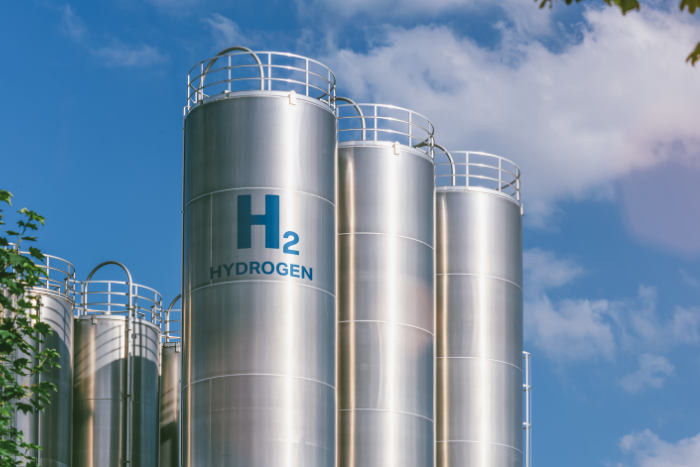A new technique for producing hydrogen from water has been invented by engineers at the University of Illinois Chicago (UIC) using solar electricity and agricultural waste, manure or husks. It has been reported that this new method can cut the energy needed to extract hydrogen from water by 600%. Hydrogen has been called one of the most promising renewable energy sources. However, the typical method of creating pure hydrogen gas is energy-intensive and frequently relies on natural gas or coal, requiring a significant amount of electricity. The new method greatly lowers the amount of electricity needed for water electrolysis, which separates water into hydrogen and oxygen, by utilising biochar, a material rich in carbon. The process achieves net-zero GHG missions by utilising solar power and capturing byproducts for other uses.
Indian Oil, SUN Mobility plan to set up 10,000 battery swapping stations
By 2030, SUN Mobility and IndianOil plan to build over 10,000 battery swapping stations throughout the nation, reported the Economic Times. With a convenient “Battery as a Service” (BaaS) concept, this effort, which will take place in over 40 cities over the course of the next three years, aims to facilitate the adoption of electric mobility across two-wheelers, three-wheelers, and tiny four-wheelers. Currently, SUN Mobility operates 20 cities with over 630 exchanging stations. The alliance makes use of IndianOil’s nationwide network of more than 37,000 petrol stations.
Scientists develop a cleaner method to make ammonia from rare earth metals
Researchers have discovered a cleaner method for generating ammonia from rare-earth metals that operates at normal temperature and pressure. The study broadens our knowledge of nitrogen fixation chemistry by introducing novel catalytic systems that can reduce and functionalise atmospheric nitrogen to produce useful chemical products.The procedure, called the Haber-Bosch process, uses rare-earth metal-based catalysts to effectively transform nitrogen under ambient settings into necessary products including agrochemicals, medicines, and other fine chemicals. In the future, ammonia could be a carbon-free fuel alternative in vehicles. However, the process of synthesising it from molecular nitrogen requires a lot of energy.
Startup develops plug-and-play rooftop PV system
German company Wattando developed a 2.46 kW rooftop PV system that can be directly connected to a home’s network using an existing connection without causing any issues with the electrical infrastructure already in place. The method supposedly cuts down on installation time and effort and makes use of existing infrastructure. According to the manufacturer, it is “a kind of XL plug-in solar system” that guarantees safe and wireless radio connectivity between the home network and the grid connection point. The management system modifies the feed-in in accordance with the requirements built into the cable’s overload protection. Installation businesses stand to gain from the elimination of previously necessary cable work and sophisticated electrical integration in residential networks with this innovative non-invasive connection method.

